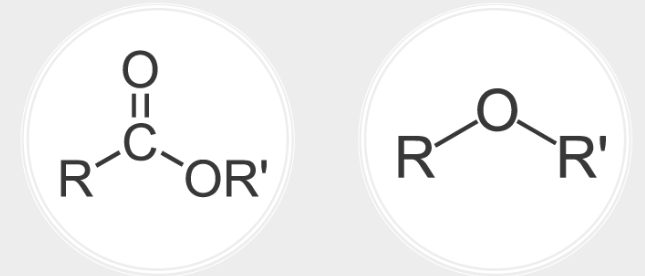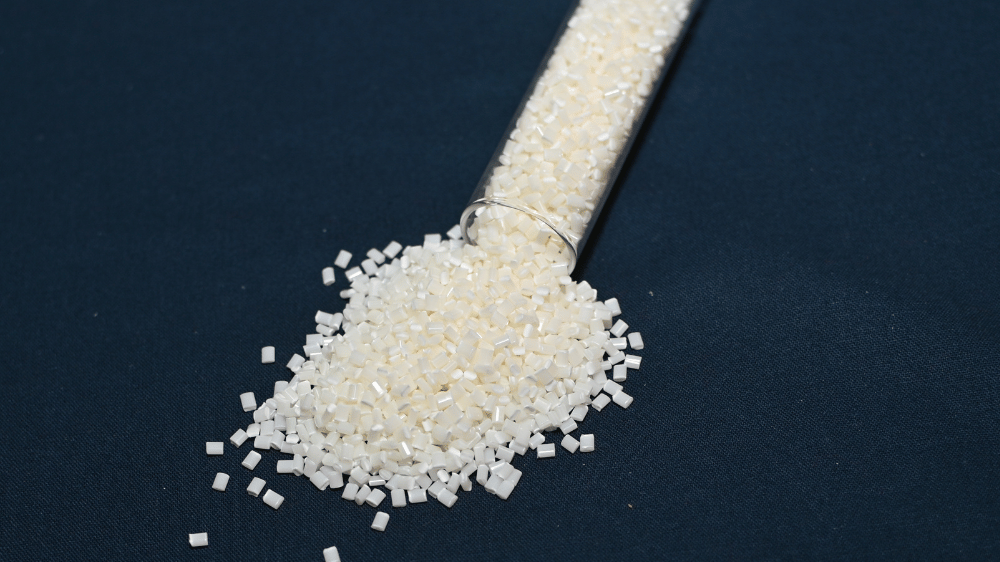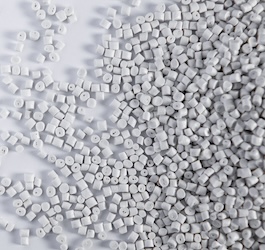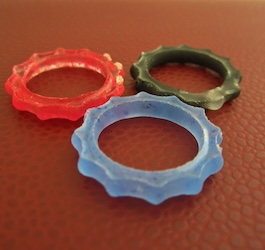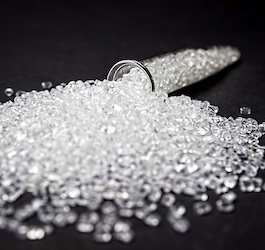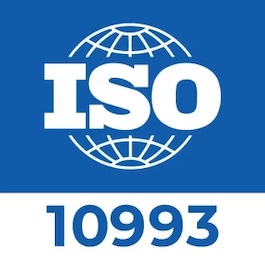The Basics On 7 Common Types of Plastic
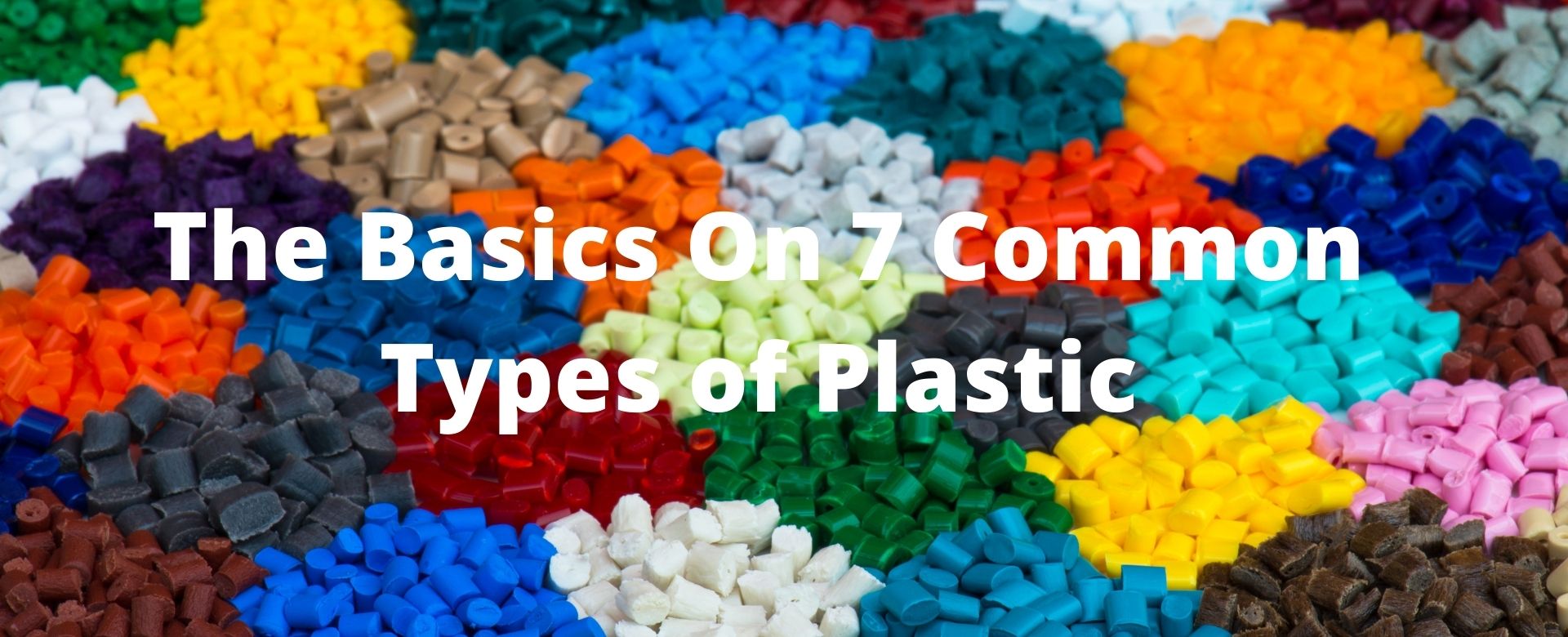
Plastic isn’t as simple as many people may think. It is an essential material for numerous items that we use daily such as bottles, bags, kitchenware, school supplies, and more. Each plastic is different from one another. Some types of plastic are reusable while others may produce hazardous materials after multiple uses. Some may be easily recyclable while others need a more intricate and sophisticated method to recycle properly. In fact, humans have produced a total of 9.1 billion tons of plastic so far since it was invented.
In this article, we’re going to look at the 7 different types of plastic resin, some specific details about each of them, and how you can identify one in your home. Let’s dive right into it!
How Can I Identify the Plastic Type of an Item?
Identifying the plastic type of an item is very simple. Take the nearest plastic product you have, a water bottle or lunch box, and study it closely. You’ll find a number located at the back or bottom of the product. This number indicates the type of plastic used to make the product. For the sake of our environment, it is very important to know what kind of plastic you’re using around the house.
Seven Types of Plastic:
Here are the seven types of plastic:
● Polyethylene Terephthalate – PETE or PET
● High-Density Polyethylene – HDPE
● Polyvinyl Chloride – PVC
● Low-Density Polyethylene – LDPE
● Polypropylene – PP
● Polystyrene or Styrofoam – PS
● Miscellaneous Plastics
1. Polyethylene Terephthalate – PET or PETE
The first type in the list is Polyethylene, one of the most commonly used plastics in the world. It is very durable, lightweight, and most often transparent. It is used a lot in food packaging.
Examples: Food jars/bottles, Beverage bottles, Polyester rope or clothing.
2. High-Density Polyethylene – HDPE
Polyethylene is the most common plastic used in the world. However, this type of plastic is classified into three classes: High-Density, Low-Density, and Linear Low-Density Polyethylene. High-Density Polyethylene is the strongest type of the three. It is also very resistant to potent chemicals and moisture.
Examples: Toys, rigid pipes, detergent bottles, and milk cartons
3. Polyvinyl Chloride – PVC
PVC is known for its very hard and rigid composition. Its chemical and weathering resistance is also top-notch. This is why they’re the first pick for construction and building applications. It also doesn’t conduct electricity, making it perfect to use with cables and wires.
Examples: Plumbing pipes, pet toys, credit cards, rain gutters, oxygen masks.
4. Low-Density Polyethylene – LDPE
Low-Density Polyethylene is a much more flexible, clearer, and softer version of the HDPE. It is used most often in corrosion-resistant work surfaces, for liners inside beverage cartons, and more.
Examples: Bubble wrap, grocery bags, garbage bags, plastic/cling wraps.
5. Polypropylene – PP
Polypropylene is one of the most durable types of plastic currently available. It is known for its excellent heat resistance. This makes it great for food storage and packaging that’s made to be heated.
Examples: Hot food containers, bottle caps, straws, prescription bottles.
6. Polystyrene or Styrofoam – PS
This plastic type is widely known as Styrofoam. This is a very rigid plastic that has very good insulating properties. It is fairly cheap to produce, which is why it is widely used in different applications. Be advised, Polystyrene is considered to be a dangerous plastic. It can leach hazardous neurotoxins such as styrene to your food which you can ingest.
Examples: Takeout food containers, cups, egg cartons, building insulation.
7. Miscellaneous Plastics
Finally, we have miscellaneous plastics. This category can also be considered as the “Others” option. It is pretty much an umbrella term for all plastics that don’t belong in the other six categories or a combination of them. The one thing to know about this category is that they aren’t really fit for recycling.
Examples: Electronics, eyeglasses, lighting fixtures, CD/DVDs





